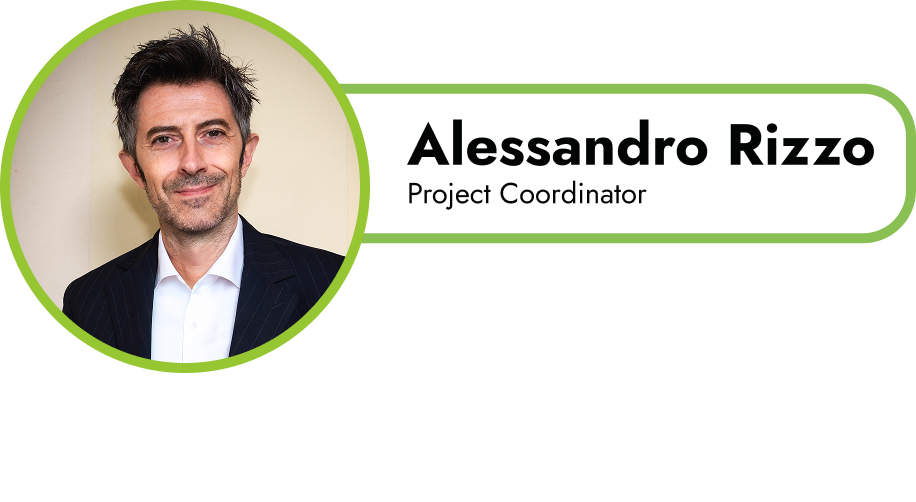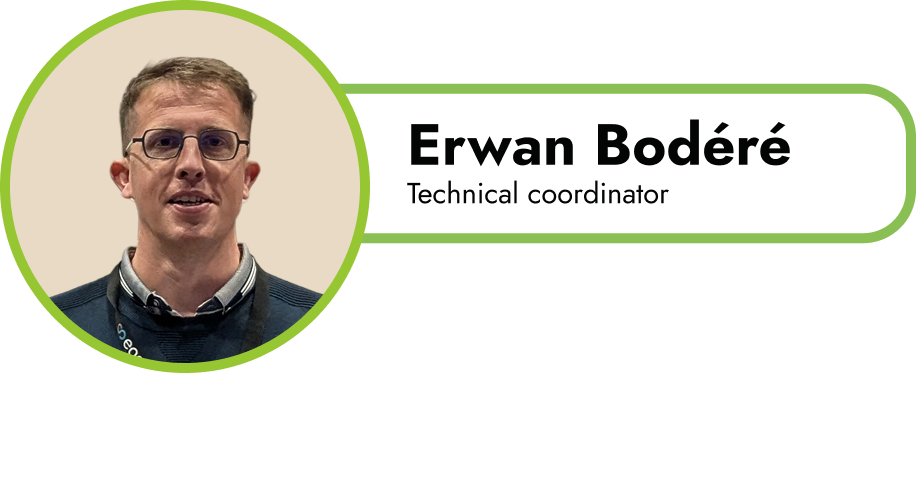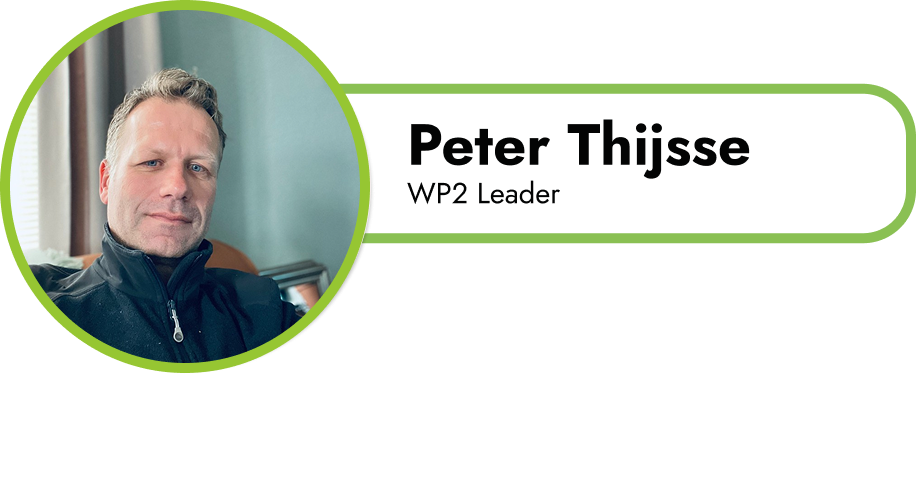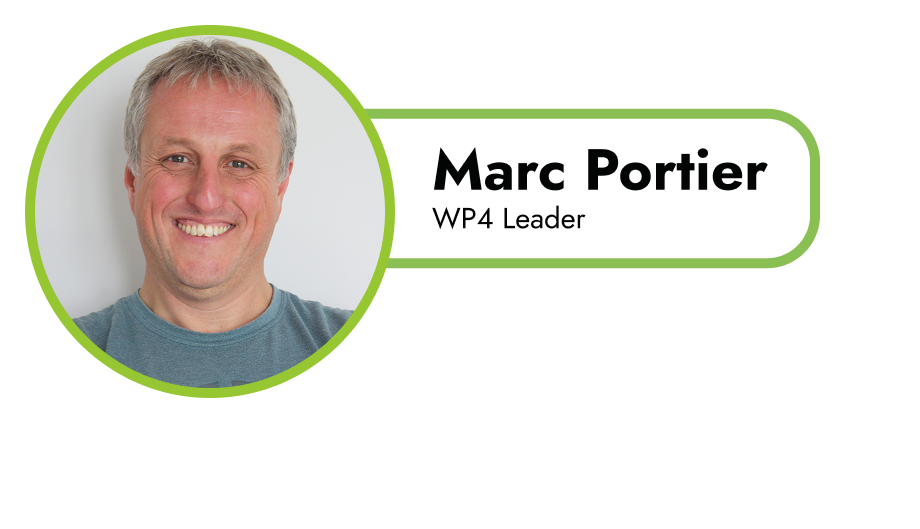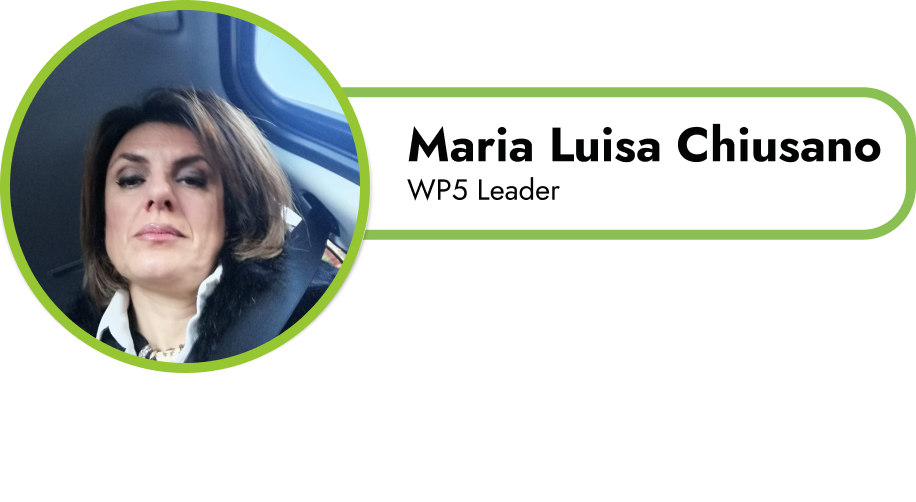FAIR-EASE Interviews: Breaking Barriers to Build a FAIR and Interdisciplinary Data Ecosystem
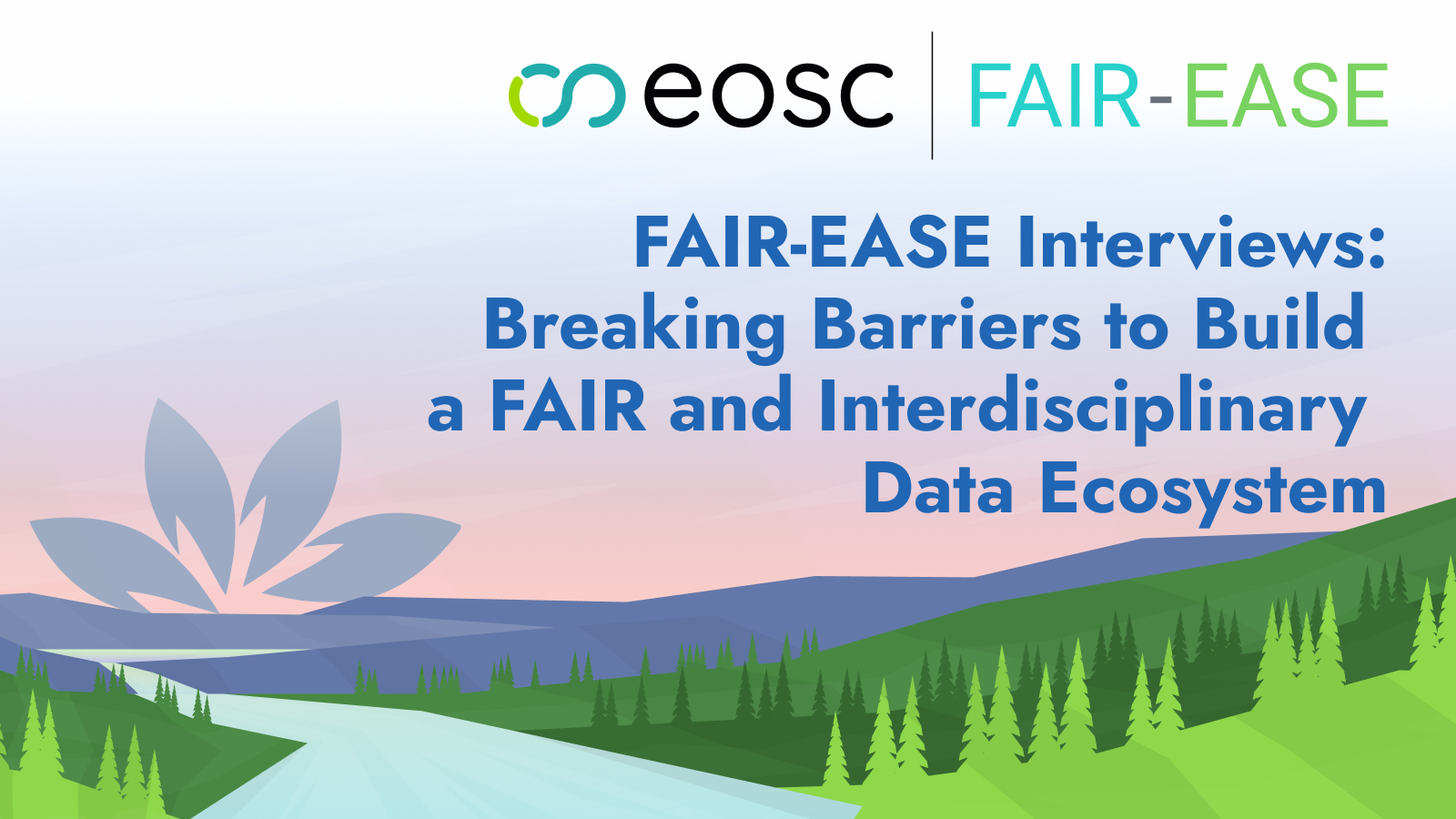
What does it take to make scientific data truly FAIR, interoperable, and usable across disciplines? In this interview, core members of the FAIR-EASE project reflect on the major technical and strategic challenges they’ve faced—from enabling seamless data discovery to integrating diverse tools and standards. As they share insights from pilot projects and discuss the future of interdisciplinary research, it becomes clear that FAIR-EASE is as much about fostering collaboration as it is about building infrastructure.
What are the main challenges FAIR-EASE is addressing?
One of the main challenges FAIR-EASE tackles is breaking down disciplinary silos to enable seamless access to diverse, distributed datasets. Technically, we combine the development of innovative solutions with the reuse of existing tools in new contexts. We're also working to raise the maturity level of key components, especially around workflow orchestration. Another core focus is ensuring FAIR principles are applied throughout the data lifecycle, with clear guidance and best practices.
Can you describe the current issues researchers face when accessing environmental and Earth system data?
Data is scattered across different platforms, stored in various formats, and often difficult to locate for us, especially when scientists need domain-specific subsets, like sea surface temperature over a specific region and time. As data volumes grow, the traditional model of downloading and processing data locally becomes less viable. There’s a real need for faster subsetting tools and cloud-based platforms that support scalable, collaborative analysis. Without this shift, researchers struggle to fully leverage the data that's available.
How did the team balance creating new solutions versus reusing and adapting existing ones?
From the start, we assessed existing European solutions and standards, aiming to align with broader initiatives and avoid reinventing the wheel. Given the project’s three-year timeframe, we focused on reusing and adapting mature, community-driven tools. A good example is Galaxy, originally used in biodiversity research, which we extended to support broader Earth system science workflows. At the same time, we developed new concepts and components, like UDAL, and EAL, that address specific needs and contribute to future EOSC federation efforts.
What kind of guidelines has FAIR-EASE developed to support FAIR principles throughout the data lifecycle?
FAIR-EASE has developed comprehensive guidelines to support FAIR principles from discovery to processing and publishing, in connection with initiatives at EOSC level (e.g. FAIR-IMPACT). This includes promoting trusted repositories like EasyData for data, Software Heritage for software, and WorkflowHub for workflows, to ensure long-term access and reproducibility. We emphasize the use of semantic web technologies and established metadata standards, such as DCAT for data, CodeMeta for software, and RO-Crate for packaging data and workflows. FAIR-EASE also puts a strong focus on community engagement and knowledge sharing, through webinars, hackathons, and learning resources like Galaxy Training Materials and JupyterBooks.
What solutions has FAIR-EASE developed to help researchers find the right data in the right dataset?
To support effective data discovery, FAIR-EASE has developed the Interdisciplinary Data Discovery and Access Services (IDDAS). This metadata catalogue builds on existing catalogues using a tailored DCAT Application Profile and RDF-based descriptions to ensure compatibility with the semantic web. By providing metadata in both human and machine-readable formats, it supports interoperability across different platforms and data spaces. We also worked on the STAC standard, originally developed for satellite data, for data inventory. It allows users to search for individual data files using spatial, temporal, or thematic criteria.
Improving data access means working on both the server and client sides. Has FAIR-EASE worked on both these sides?
On the server side, we explored ARCO (Analysis Ready and Cloud Optimised) formats such as Cloud-Optimised GeoTIFF (COG), Zarr, and Geoparquet, which break data into indexed chunks. Combined with S3-compatible storage and HTTP range requests, this allows users to retrieve only the relevant data pieces. We also leveraged the openEO API, which simplifies access to Earth observation cloud back-ends by chaining predefined processing workflows. Additionally, Beacon, high-performance data lake solution promoted by Blue-Cloud 2026, enables fast storage and retrieval of millions of datasets, integrating well with the NetCDF ecosystem and currently deployed in SeaDataNet and EOSC projects.
On the client side, FAIR-EASE designs the UDAL (Uniform Data Access Layer) interface, which decouples the user’s functional data needs from the technical details of data location and format. This creates a flexible and user-friendly access layer that abstracts complexity and adapts to different data sources seamlessly.
How are the demonstrators used to validate FAIR-EASE’s technical solutions?
The pilots play a central role in validating FAIR-EASE’s technical solutions. They cover real-world use cases across different domains—like oceanography, atmospheric science, and biodiversity—and serve as testbeds for integrating and evaluating the components we've developed.
By applying FAIR-EASE technical proposals in these practical contexts, we can assess how well they support data discovery, access, and analysis in interdisciplinary workflows. The demonstrators have provided valuable feedback, helping us identify usability gaps, optimize performance, and ensure the tools align with researchers' needs.
How do you envision the long-term impact of FAIR-EASE on scientific research and data infrastructure in Europe?
In the long term, FAIR-EASE aims to contribute to a more integrated and resilient European research infrastructure. By promoting interoperability, open standards, and end-to-end FAIR principles, the project lays the groundwork for a system where data, software, and workflows can move seamlessly across domains and platforms.
We also hope to influence the culture of scientific research—supporting a shift toward more collaborative, cloud-enabled, and interdisciplinary science.
